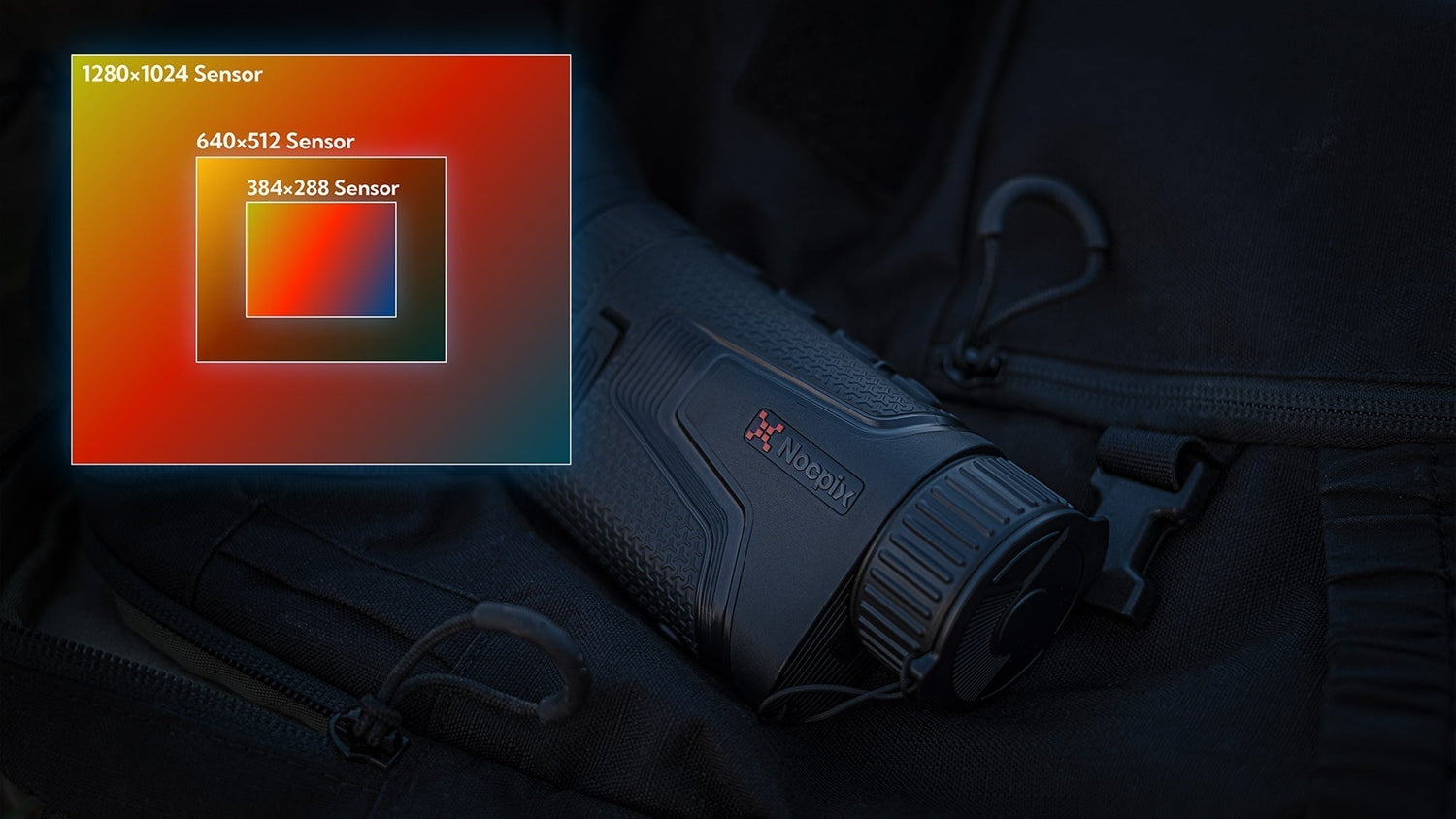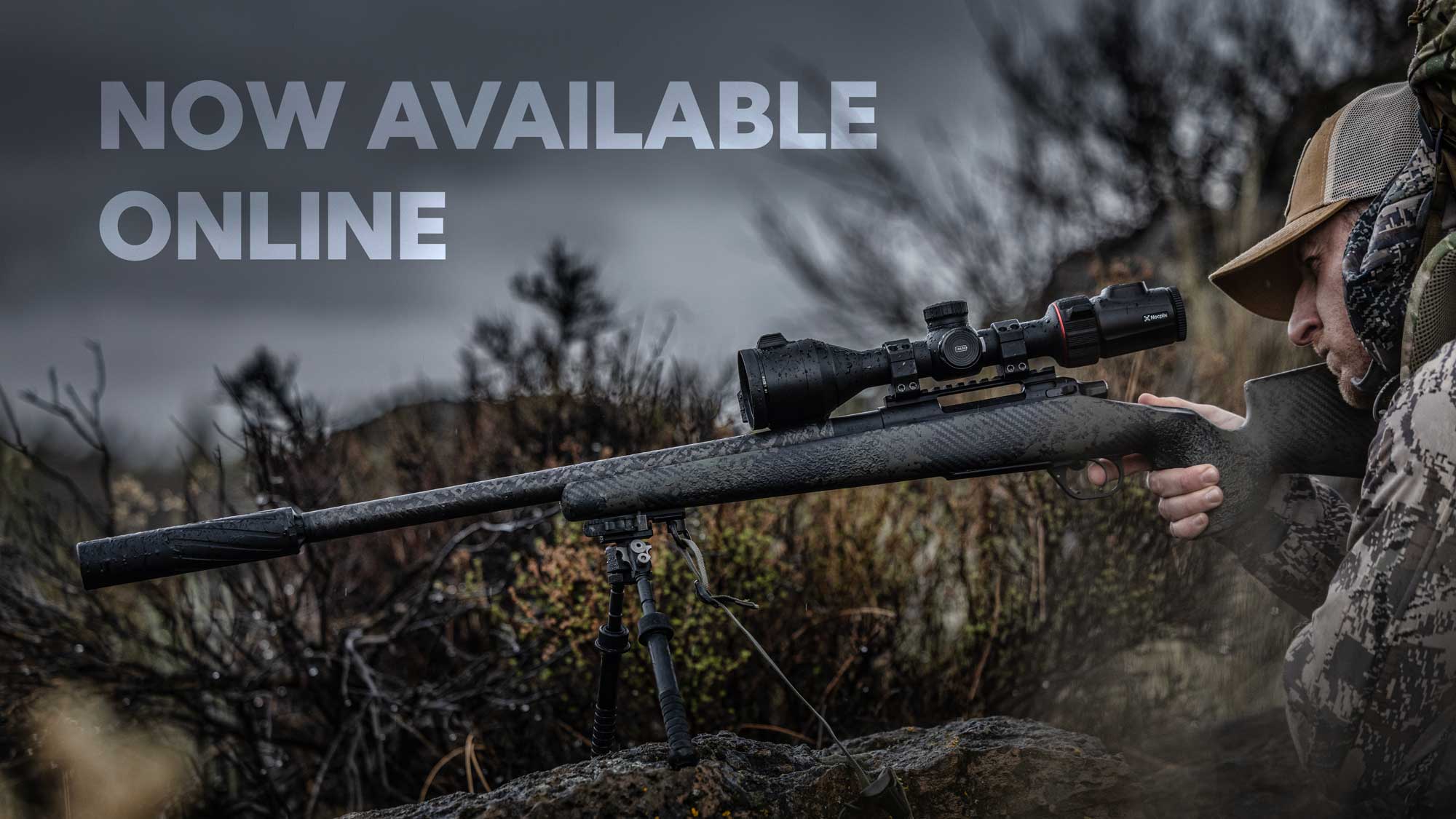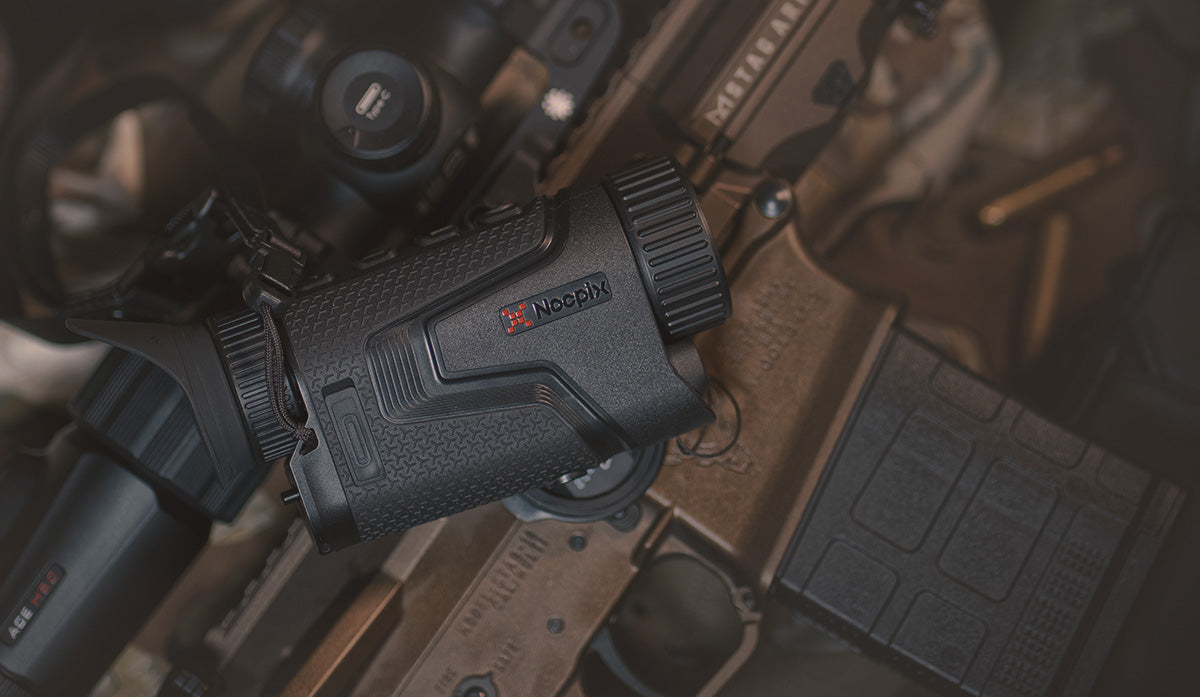If you’ve ever wondered how a thermal optic can see heat instead of light, the answer lies in one incredibly important component: the microbolometer. This tiny sensor is the unsung hero inside every thermal monocular, scope, or binocular—silently converting invisible heat signatures into the glowing, high-contrast images you see through your viewfinder.
Unlike digital night vision, which relies on amplifying available light or bouncing out infrared beams, thermal optics don’t need any light at all. That’s because microbolometers detect longwave infrared radiation (LWIR), which is naturally emitted by all objects with a temperature above absolute zero. Whether it’s a wild hog, a running truck engine, or a person walking through a tree line, a microbolometer picks up that heat and turns it into a digital image—even in complete darkness, fog, or smoke.
Microbolometers are made from specialized materials that respond to tiny differences in temperature. The two most common materials are Vanadium Oxide (VOx) and Amorphous Silicon (a-Si). At Nocpix, we only use VOx sensors, and for good reason. VOx sensors offer higher thermal sensitivity, faster response times, and more stable image performance across different temperatures and environmental conditions. While a-Si was once the standard due to lower manufacturing costs, it simply can’t compete with the clarity and responsiveness of VOx technology.
This difference is especially important in real-world use. Whether you're scanning a pasture before dawn or tracking movement through thick brush, a VOx sensor ensures that you see more detail, with less image noise and faster updates. It’s the kind of performance that matters when you’re relying on your equipment to make critical decisions.
Sensor resolution is one of the key factors in thermal image quality. Common resolutions in the civilian market include 256 x 192, 384 x 288, 640 x 512, and 1280 x 1024. These numbers refer to the number of pixels on the sensor—more pixels means more detail. A 256 sensor might be enough for basic close-range use, but once you’ve looked through a 640 or 1280 unit, it’s hard to go back. Higher resolutions provide a clearer image, more accurate digital zoom, and the ability to detect finer heat patterns at longer distances.
At Nocpix, we’ve built a clear naming convention around sensor size to help customers understand what they’re getting. Products with a P prefix (like the LUMI P13) use a 256-resolution sensor. Those with an L prefix (like L35) are built around a 384 sensor. H-series units (like H35 or H50) use 640-resolution VOx sensors, while our top-tier S-series (such as S50) features ultra-high-resolution 1280 sensors.

When people shop for a thermal optic, they often fixate on lens size—25 mm, 35 mm, 50 mm—and assume that tells the whole story. But in truth, the sensor size plays an equally important role in determining how much you can see, and how zoomed in the image appears.
For example, both the Nocpix Lumi L35 and the Lumi H35 use the same 35 mm lens. But because the H35 has a larger 640 sensor, it has a wider field of view and lower base magnification than the L35, which uses a 384 sensor. The L35 image appears more zoomed in, but with less area captured on screen. That wider view on the H35 can make a big difference when scanning large fields or tracking fast-moving targets.

Another detail that affects image quality is pixel pitch, which is the distance between each individual pixel on the sensor, usually measured in micrometers (µm). Most modern thermal optics use a 12 µm pixel pitch, which offers a good balance between sensor size and resolution. Smaller pixel pitches can allow for higher resolutions in smaller packages, while larger pitches may limit how compact a high-resolution sensor can be.
![]()
Here’s a fun technical twist: if you keep the pixel pitch the same but increase the resolution, the physical size of the sensor increases. That’s part of why 1280 sensors aren’t just clearer—they’re also physically larger, allowing for greater field of view and lower base magnification with the same lens.
Thermal optics don’t just show you a picture—they show you a completely different layer of the world. And it all starts with the microbolometer. From the VOx material that improves clarity, to the resolution and pixel pitch that define how much detail you can see, this one component affects nearly every part of your thermal viewing experience.
At Nocpix, we build around that truth. That’s why every optic we make uses high-sensitivity Vanadium Oxide sensors, clear naming based on sensor resolution, and carefully matched lenses for each application. Whether you’re running a compact 256 handheld or a high-resolution 1280 scope, the heart of your thermal device is built for performance when it matters most.



Leave a comment
All comments are moderated before being published.
This site is protected by hCaptcha and the hCaptcha Privacy Policy and Terms of Service apply.